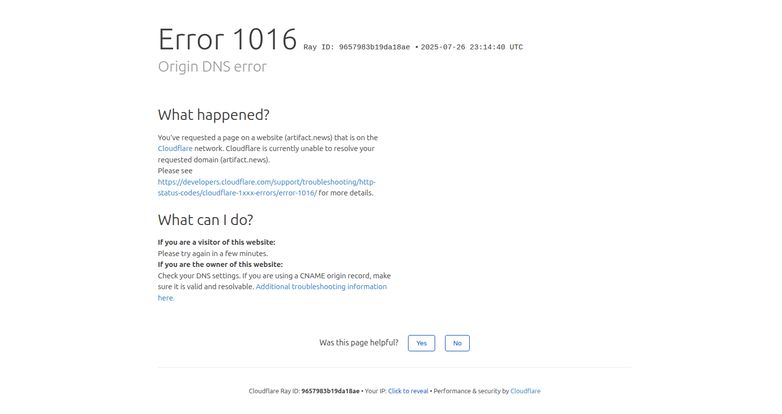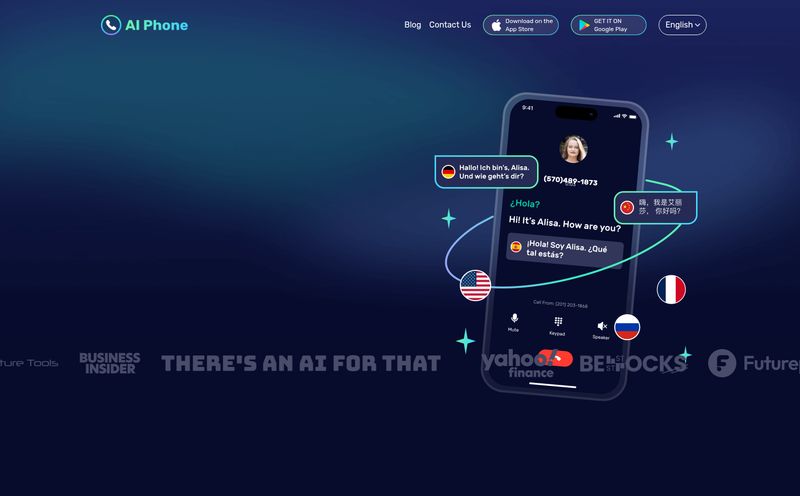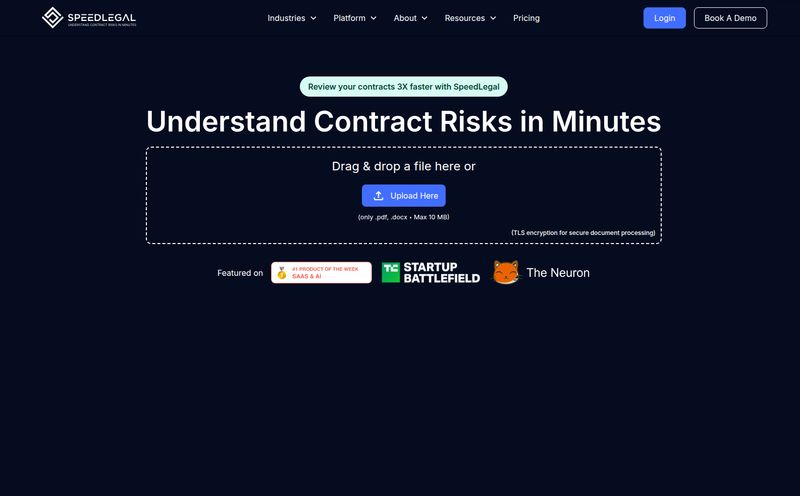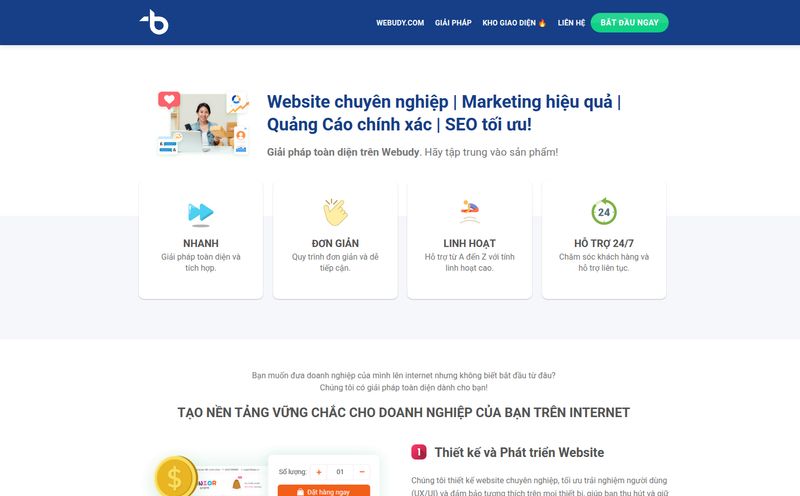Remember the buzz? It feels like ages ago in internet time, but there was a moment when the tech world was collectively holding its breath for a new app. Not just any app, but the new project from Kevin Systrom and Mike Krieger, the guys who gave us Instagram. It was called Artifact, and it promised to fix our news-reading experience with the magic of AI. It was going to be the “TikTok for text,” a smart, personalized feed that just gets you.
I was genuinely excited. We all were. The idea of an algorithm that filters out the rage-bait and clickbait headlines to deliver genuinely interesting stories felt like a solution to a problem we've all been complaining about for years. And for a while, it was a cool, exclusive little club. You had to sign up with a phone number, get on a waitlist... it had that classic Silicon Valley mystique.
And then, just as quickly as it arrived, it was gone. A real shame.
What Was the Big Idea Behind Artifact?
At its heart, Artifact was supposed to be your hyper-intelligent personal news librarian. You know, the kind who knows you're secretly obsessed with 19th-century naval history, sustainable architecture, and the latest drama in the pro-baking circuit. It wasn't about what was trending for everyone; it was about what was trending for you.
The pitch was simple but powerful. By using a sophisticated machine learning system, the app would observe your reading habits—what you tapped on, how long you read it—and get progressively smarter. The more you used it, the better your feed would become. It was a direct response to the chaotic, often toxic, firehose of information we get from platforms like Twitter (sorry, 'X') and Facebook. The goal wasn't just personalization, it was to create a healthier, more informative space.
The Features That Made Us All Sign Up for the Waitlist
It wasn't just a concept; Artifact had some concrete features that were pretty compelling on paper. It wasn't just one thing, but a combination of thoughtful tools that made it stand out.
The Magic of True AI Personalization
This was the main event. Unlike other news aggregators that might just sort by broad categories you pick, Artifact's AI was meant to understand nuance. It would learn to distinguish between a deep, analytical piece and a fluffy summary on the same topic. It's the kind of thing that, when it works, feels like sorcery. For those of us deep in the SEO and content world, seeing a platform prioritize quality over keyword-stuffing was a breath of fresh air.
Slaying the Clickbait Dragon
My personal favorite promised feature. Artifact was built to actively identify and demote clickbait. No more "You Won't BELIEVE What This Celebrity Did" headlines. Instead, it would prioritize articles with substance and factual reporting. This alone would have been worth the price of admission... if there had been one.

Visit Artifact
Instant Summaries for the Win
The app also featured an AI-powered summarizer. With a single tap, you could get the gist of a long article. For a busy professional, this is gold. It lets you quickly decide if a piece is worth your full attention or if you can just grab the key takeaways and move on. It's a feature we're seeing pop up more and more now, but Artifact was an early proponent of making it a core part of the reading experience.
The Inevitable "But..."
Of course, it wasn't a perfect dream. Even in its short life, there were some obvious hurdles. The biggest philosophical one was the “filter bubble” effect. If an AI only ever shows you what it thinks you want to see, do you ever get exposed to challenging viewpoints or new topics? It's a valid concern, and one the team claimed to be working on by injecting diverse and important topics into feeds.
And practically speaking, its exclusivity was a double-edged sword. The private beta made it feel special, but it also dramatically slowed its growth. You can't build a world-changing social app if no one can get into it. It's a classic tech conundrum: build hype with scarcity or go for broke with open access?
So, What Actually Happened to Artifact?
This is where the story takes its final turn. If you try to go to the Artifact website today, you won’t find a sleek landing page. You'll see an error message. Specifically, a Cloudflare Error 1016, an Origin DNS error. It's a cold, technical message that basically means the server is gone. The site no longer exists. It’s a digital tombstone.
So what happend? In April 2024, Yahoo acquired Artifact. The standalone app was officially shut down. In a statement, Systrom explained that the market opportunity just wasn’t large enough to justify continued investment for a venture of their scale. It's the brutal truth of the startup world: a great product and a great team don't always equal a viable business model. The news aggregation space is notoriously tough to monetize.
A Short Life, But A Long Shadow
It's easy to call Artifact a failure, but I dont think that's entirely fair. Its ideas were solid. So solid, in fact, that Yahoo bought the technology to integrate into its own news products, including Yahoo News. So, in a way, the spirit of Artifact will live on, hopefully making the experience better for millions of Yahoo users.
It served as a high-profile experiment. It showed a massive appetite for a better, smarter, less-toxic way to consume news online. And it pushed the conversation about AI's role in content curation forward. Sometimes, a project's biggest contribution isn't becoming a billion-dollar company, but in paving the way for the ideas that come next.
Frequently Asked Questions About Artifact
- What was the Artifact app?
- Artifact was a free, AI-powered news app created by the co-founders of Instagram. It aimed to deliver a personalized feed of high-quality articles, filter out clickbait, and provide AI-generated summaries of stories.
- Who created Artifact?
- Artifact was created by Kevin Systrom and Mike Krieger, who are famously known for co-founding Instagram.
- Why did the Artifact app shut down?
- The founders decided to shut down the standalone app because they concluded that the market opportunity wasn't big enough to support the business at the scale they were aiming for. The company and its technology were subsequently acquired by Yahoo.
- Can I still use Artifact?
- No, the standalone Artifact app and its website are no longer operational as of April 2024. Its technology is being integrated into Yahoo's products.
- How much did Artifact cost?
- Artifact was free to use. It was in a private beta for much of its existence and never introduced a pricing model.
- Are there any good alternatives to Artifact?
- Yes! If you're looking for smart news aggregation, you might check out platforms like Feedly, Inoreader, or even Google News, which have their own personalization algorithms. For AI summarization, tools like TLDR This are also gaining popularity.
A Final Word on a Fleeting Idea
And so, we pour one out for Artifact. It was a fantastic idea that flew a little too close to the sun of market realities. It’s a classic tech tale of ambition, innovation, and the tough business of keeping the lights on. It reminds us that for every Instagram that makes it, there are dozens of Artifacts that burn bright and fade away, leaving behind lessons and influencing the platforms we end up using every day. It's a shame, but that's the game.
Reference and Sources
- TechCrunch: Yahoo is acquiring Instagram co-founders’ AI news app, Artifact
- Cloudflare Support: Troubleshooting Cloudflare 1XXX errors



